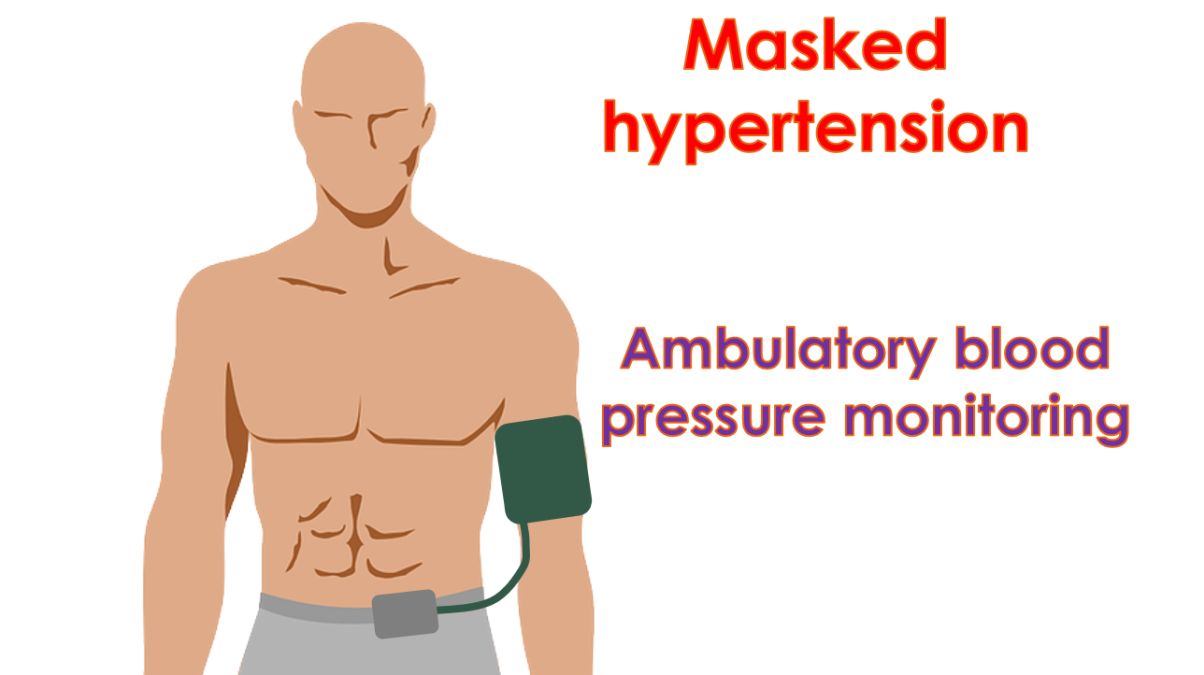What is white coat syndrome?
What is white coat syndrome?
എന്താണ് വൈറ്റ് കോട്ട് സിൻഡ്രോം?
Some persons have higher blood pressure when recorded in the hospital setting than when recorded at home. This has been called white coat syndrome, white coat effect and white coat hypertension. Hypertension is the technical term for high blood pressure. White coat syndrome is thought to be due to the anxiety of the person in the hospital setting shooting up the blood pressure. The name has its origin from the white coat worn by medical personal at the hospital.
Though it was thought to an innocent condition, now there is a view that they also have some risk of heart and blood vessel disease like those with persistent high blood pressure both at home and hospital. White coat syndrome is identified when the hospital recording is high, but blood pressure measured at home by a relative is found to be normal. Another reason when it is suspected is that a person with persistently high blood pressure while attending the hospital is not having any target organ damage.
Target organs for high blood pressure are usually the heart, brain and kidneys. An old saying was that the pump may fail, pipes may break and the filter may leak. It was meant that the heart which pumps blood may fail if the blood pressure is very high. Pipes may break meant that small blood vessels, especially in the brain may break resulting in a bleed and a stroke due to damage to surrounding brain matter. Filter may leak meant that the kidneys may start leaking proteins when they are damaged by high blood pressure. Blood vessels of the eyes can also be damaged by high blood pressure.
There is a reverse condition to white coat hypertension. That is masked hypertension with normal values being recorded in the hospital while high values are recorded several times outside the hospital. Masked hypertension also carries same risk as persistent hypertension. An important test in both these conditions is an ambulatory 24 hour blood pressure monitoring. This will give estimates of average day time blood pressure and average night time blood pressure.

Studies have shown that target organ damage and associated risks are dependent on the average blood pressure rather than on casual recordings. Normal persons have lower blood pressure at night than during day. Those who do not have this normal fall during sleep are called ‘non-dippers’. Non-dippers are also thought to have a higher risk compared to the normal dippers.
While recording blood pressure, it is recommended that you should have taken rest for about 20 – 30 minutes prior to the recording. This is because exercise normally increases blood pressure in all individuals. Whenever a high blood pressure is noted, a repeat measurement is taken after some time to be sure that it was not a transient elevation due to anticipatory anxiety or a blood pressure which had risen while walking. Usually it is noted that the repeat measurement is lower, especially if it is taken after a bit of relaxation. Caffeinated drinks are avoided for at least 30 minutes prior to the recording.



